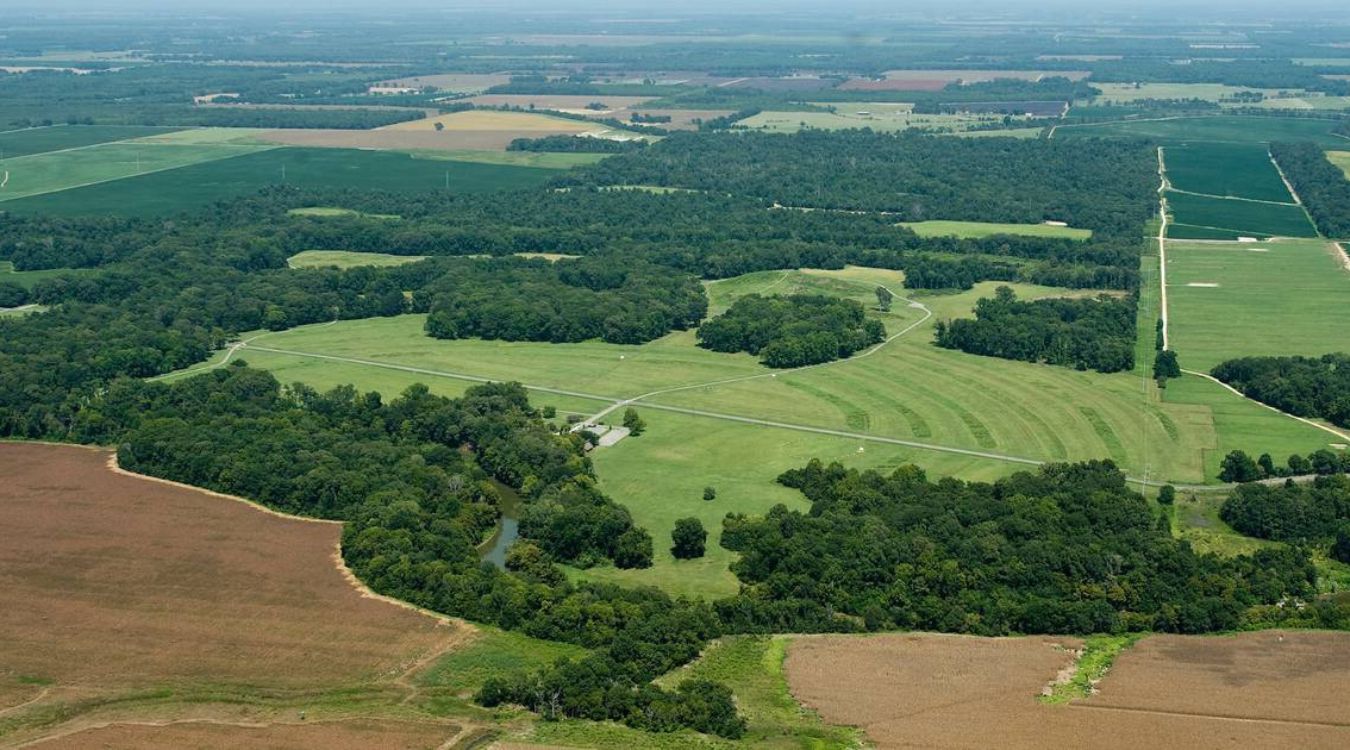Louisiana’s Hidden Prehistoric Earthworks

Have you ever heard of the Poverty Point earthworks in Louisiana? These ancient mounds, built over 3,000 years ago, are a marvel of prehistoric engineering. Located in the northeastern part of the state, Poverty Point is a UNESCO World Heritage Site that offers a glimpse into the lives of early Native American societies. The site features massive mounds and ridges, which were used for ceremonial purposes and possibly as living spaces. Visiting Poverty Point is like stepping back in time, allowing you to see how these early people lived, worked, and thrived. If you love history and archaeology, this hidden gem is a must-see.
Louisiana's Hidden Prehistoric Earthworks
Louisiana is famous for its vibrant culture, jazz music, and delicious cuisine. But did you know it also hides some of the most fascinating prehistoric earthworks in the United States? These ancient mounds and structures offer a glimpse into the lives of the indigenous people who lived here thousands of years ago. Let's explore some of these hidden gems.
Ancient Mounds of Louisiana
These ancient mounds are not just piles of dirt; they are carefully constructed structures that served various purposes, from ceremonial to residential. Here are some must-visit sites:
Poverty Point
- Located in northeastern Louisiana, Poverty Point is a UNESCO World Heritage Site. This complex includes massive earthworks built by Native Americans around 3,400 years ago. The site features mounds, ridges, and a large plaza, showcasing advanced engineering skills.
Watson Brake
- Considered one of the oldest mound complexes in North America, Watson Brake dates back to around 3500 BCE. Situated near Monroe, it consists of 11 mounds connected by ridges, forming an oval shape. This site predates even the Egyptian pyramids.
Marksville Mounds
- Found in central Louisiana, the Marksville Mounds are part of a prehistoric ceremonial center used by the Hopewell culture between 100 BCE and 400 CE. The site includes burial mounds and earthworks, offering insights into the social and religious practices of the time.
Mysterious Earthworks
Some earthworks in Louisiana remain shrouded in mystery, with their exact purposes still debated by archaeologists. These enigmatic sites are worth a visit for anyone interested in ancient history.
Cane River Creole National Historical Park
- This park near Natchitoches features several mounds whose origins and purposes are still not fully understood. The earthworks here are believed to date back to the Mississippian period, around 800 CE to 1600 CE.
Fitzgerald Mounds
- Located in the Tensas Parish, the Fitzgerald Mounds are a group of small, conical mounds. Little is known about their builders or their function, making them a fascinating subject for archaeological study.
Preserving the Past
Efforts to preserve these ancient sites are crucial for understanding the rich history of Louisiana's indigenous cultures. Many of these sites are open to the public, offering educational opportunities and a chance to connect with the past.
Bayou Macon Earthworks
- Situated in the northeastern part of the state, these earthworks are part of a larger complex that includes Poverty Point. Preservation efforts have helped protect this site, allowing visitors to explore and learn about its historical significance.
Frogmore Mound Site
- Near Ferriday, the Frogmore Mound Site includes several mounds that date back to the Coles Creek period (700-1200 CE). The site is on private property but can be visited with permission, offering a unique glimpse into the past.
Conclusion
Louisiana's prehistoric earthworks are a testament to the ingenuity and resilience of its ancient inhabitants. From the well-known Poverty Point to the mysterious Fitzgerald Mounds, these sites provide a fascinating look into a world long gone. Whether you're a history buff or just curious, these hidden gems are worth exploring.
Discovering Louisiana's Ancient Earthworks
Louisiana's prehistoric earthworks offer a fascinating glimpse into ancient cultures. These sites, like Poverty Point and Watson Brake, reveal the ingenuity of early inhabitants. Exploring these mounds, you can appreciate the engineering skills and cultural significance behind them.
Visiting these locations not only enriches your understanding of history but also supports preservation efforts. Each mound tells a story of the people who built them, their daily lives, and their spiritual beliefs.
Next time you're in Louisiana, take the opportunity to visit these remarkable sites. You'll walk away with a deeper appreciation for the state's rich history and the ancient civilizations that once thrived there. So, pack your bags and get ready to step back in time.

